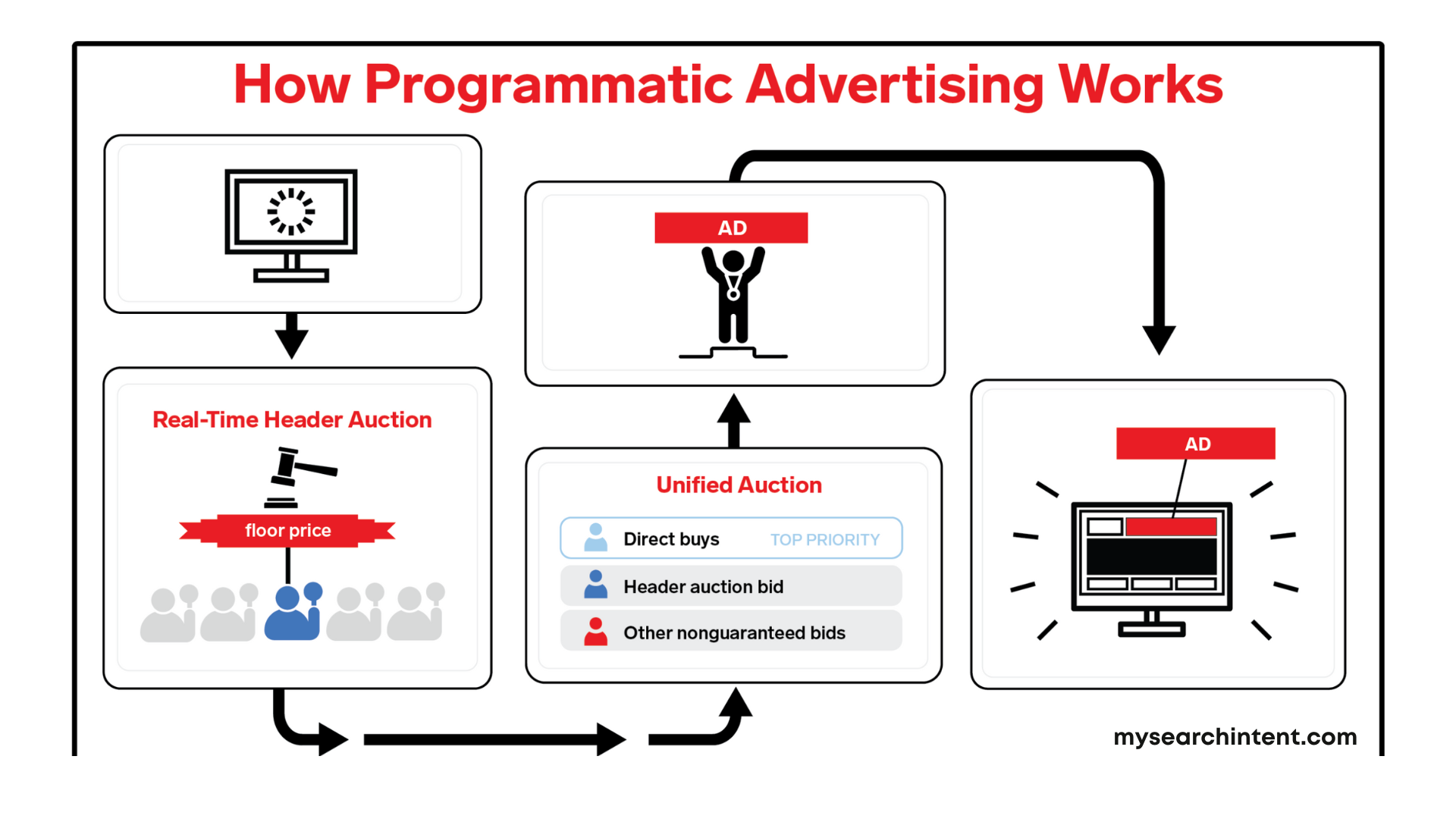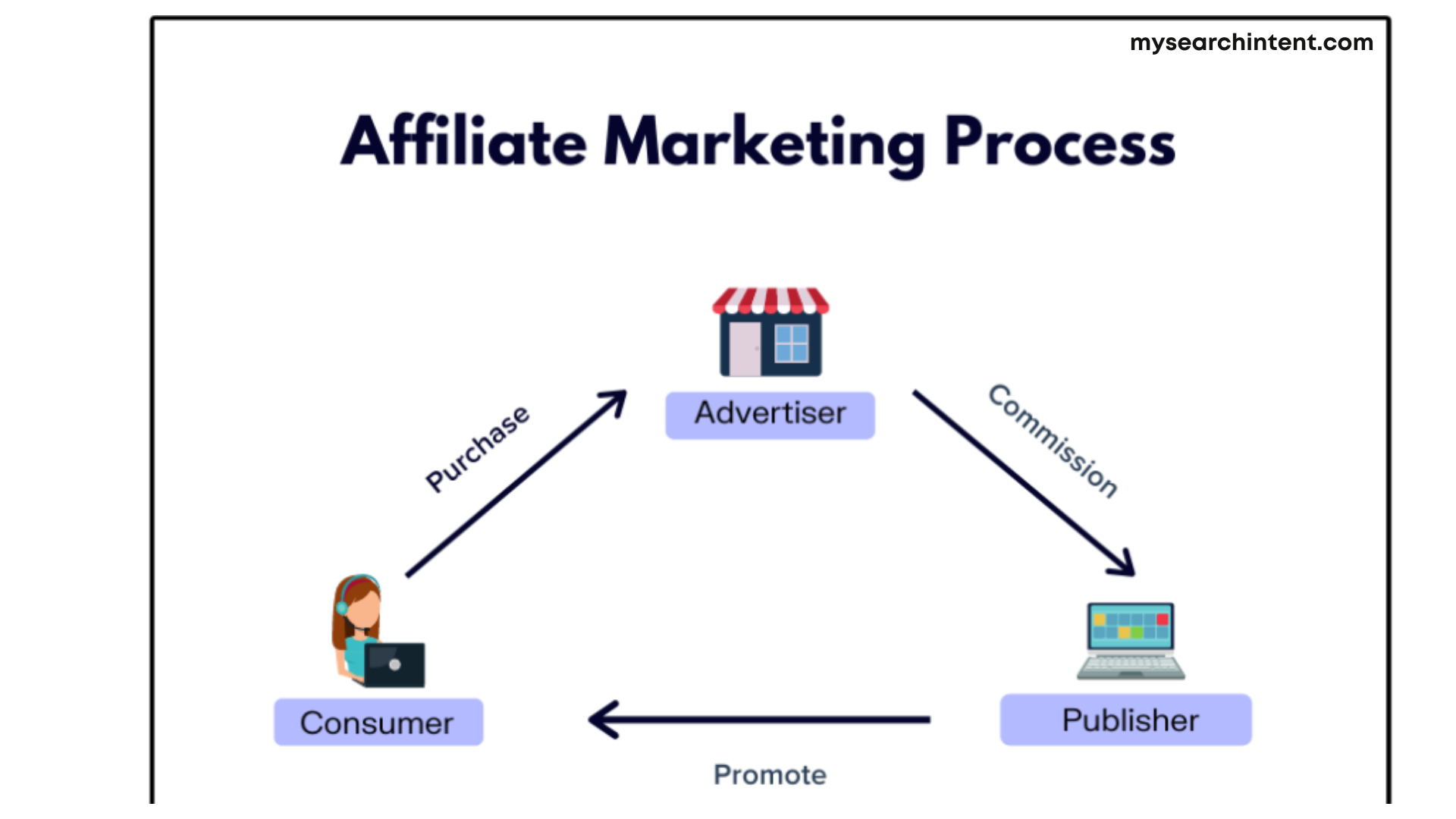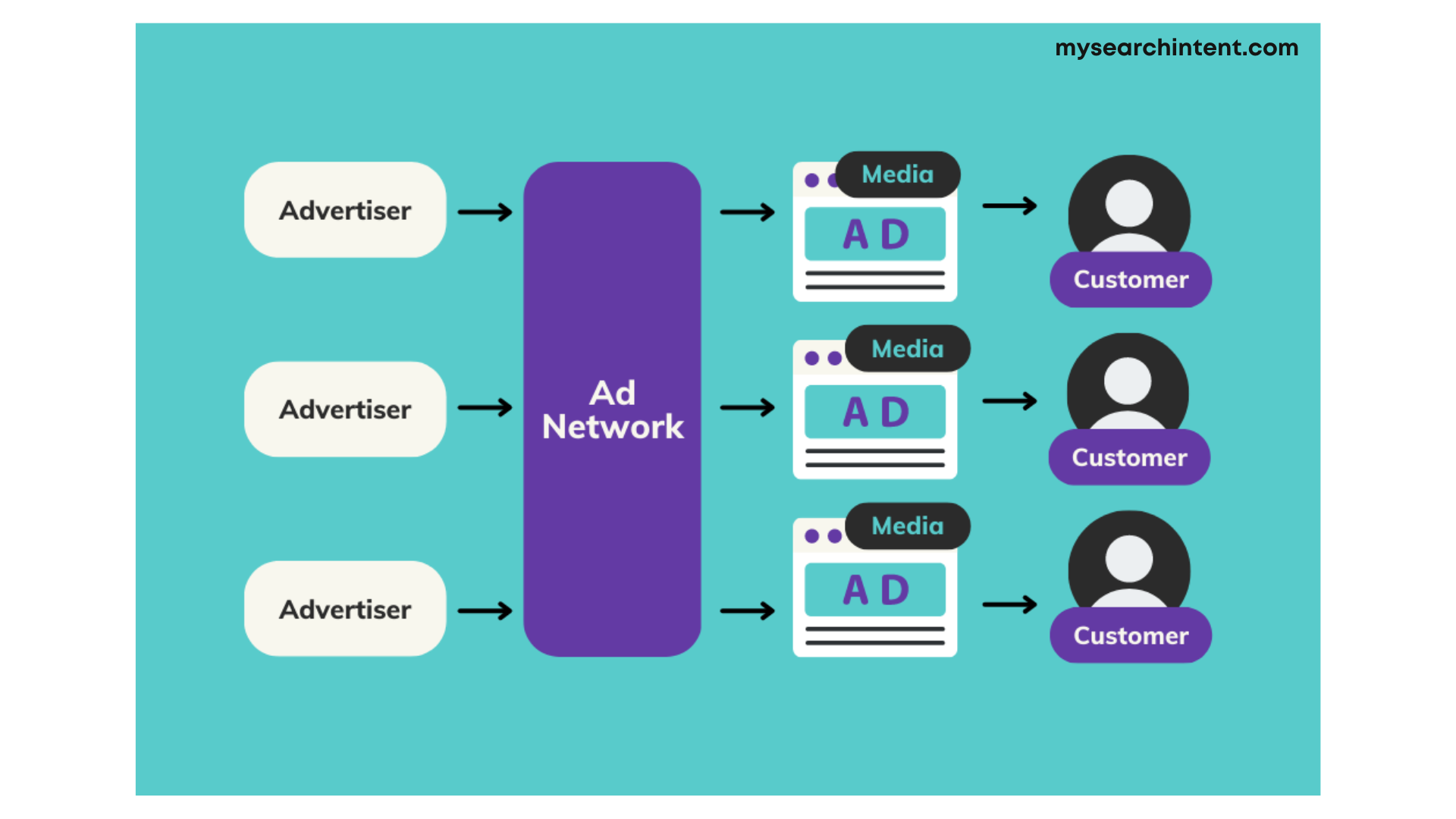Do you need help making money from your website, even though many people visit it? Then, you can sell ads on your website. And to explore how to sell advertising on a website, this article will help you!
Selling ad space on your website can generate revenue, especially if you are a small businessman or a blogger. However, it’s important to note that selling ad space is not a walk in the park. It requires dedication and hard work to make it work.
In this article, I will outline some of your site’s best strategies for selling ad space. These strategies will help you boost your earning potential.
But before I discuss these strategies, let’s first understand :
What Ad Space Is

Ad space is the section of your website where third-party advertisements are placed. The header, footer, sidebars, and within posts are various locations for ad spaces.
For example, banners, native ads, and push notifications might appear in particular spaces. As a publisher, you can choose the sections of your site where brands can place their ads.
What Selling Ad Space Means
Selling ad space means providing sections of your website for displaying ads in exchange for payment. You earn money based on how frequently people view and engage with these advertisements. You handle the details, such as setting rates, deciding where the ads appear, and ensuring they run smoothly on your website.
How to Sell Advertising on a Website- Basic Requirements
So far, you have learned what ad space is and the meaning of selling ad space. Now, it is time to discuss how to sell advertising on a website.
Selling ad space can make you good money. But it needs careful planning and the right tools. Whether you are new or a pro, having the basic knowledge is a must. It is not just about having space; it is about making it attractive to advertisers and aligning it with your audience.
Here’s what you need to sell ad space well:
Your Website Must Have Good Traffic
Having good website traffic is necessary for selling ad space. Traffic means several visitors are engaging with your content. While you don’t require a large audience, starting with thousands of monthly visitors is a good start.
Most ad networks like Adsterra do not set minimum traffic requirements. This means you can start with modest traffic and grow over time.
You can also boost your website’s traffic by targeting high-search keywords, using creative headlines, optimizing for mobile devices, and publishing long-form content.
Keep the Quality of Your Content Good
The next requirement is good-quality content. Make sure your content is what your target audience wants. Keep it basic and simple so that everyone understands it.
Good content always attracts advertisers. It signifies that your website contains original, well-written content that benefits your readers. Avoid errors and spam. Create how-to guides and reviews.
But avoid themes like pornography, alcohol, drugs, and gambling. They can deter advertising.
Make a Modern and User-Friendly Website Layout
Make your website easy to access. Have a clear navigation bar and prominent indicators to guide you around.
Create a menu at the top or bottom of your site with links to all the categories. Also, use colours and fonts that people like. Add beautiful, high-quality images, videos, and graphics to express your ideas.
Keep Your Audience Engaged
Your target audience should be devoted and engaged. It’s better to have a small, interested audience than a large one that doesn’t care. Fewer readers who stay and click around can generate more revenue from adverts.
However, if many visitors leave quickly, advertisements will not generate revenue.
Keeping readers interested encourages them to click on advertisements, which increases the value of ad space and generates more revenue.
The Best Strategies for Selling Ad Space On Your Website
Now that you know what you need to know before selling ad space on your website, let’s delve into the best strategies for doing so.
There are four best strategies for selling ad space on your website such as:
- Programmatic Advertising
- Affiliate Advertising
- Ad Networks
- Selling Ad Space Directly
Let’s discuss each strategy in detail.
1. Programmatic Advertising

Programmatic advertising is one of the best strategies for selling ad space on your website. This sort of advertising sells ads online using automated channels. Programmatic advertising can be complex, but for publishers and advertisers, it is quite simple. It involves two main parties: the Supply-Side Platform (SSP) and the Demand-Side Platform (DSP).
Benefits
- Eliminates the need for media buyers to search manually; audiences and advertising are matched automatically.
- Provides real-time information, allowing publishers to understand inventory value better and customize products for competitive bidding.
- Boosts sales performance, maximizes income, and streamlines processes.
Steps to Start Automated Advertising
Here’s how to get started with automated advertising:
- Register as a publisher on a supply-side platform (SSP), which sells ad space online.
- Explore selling alternatives like open real-time bidding auctions, private marketplace transactions, preferred deals for one-on-one buyer interactions, and programmatic direct.
- Use programmatic advertising to improve ad sales, automate processes, enhance revenue, and gather insights from real-time data for future ad space customization.
Considerations Before Implementation
- Increase your ad revenue across numerous networks, but beware of declining returns.
- Monitor ad performance across networks to maximize revenue and customer happiness.
- Design Ad layouts carefully to provide a favorable user experience.
2. Affiliate Advertising

Now comes affiliate advertising on my list of best strategies for selling ad space on your website. It is the easiest approach to monetize your website. And you can do so by joining an affiliate network.
Affiliate advertising, often known as affiliate marketing, is when website publishers, blog owners, or enterprises promote products or services in exchange for a commission.
Affiliates work as brokers between potential users and merchants, earning commissions on sales, leads, or other actions generated by their campaigns. These commissions are often a percentage of the sale or a fixed sum agreed upon between the affiliate and retailer.
Website owners typically use affiliate links, banners, and text adverts to turn organic visitors into recommendations for media buyers.
Considerations for Joining an Affiliate Network
To become an affiliate publisher, you will need:
- Your domain name.
- At least one email account is linked with that domain.
- A website layout that may display various ad forms.
- A responsible person to manage emails, adverts, and website updates as needed.
Almost anyone who owns a website may become an affiliate publisher. Join affiliate networks like Clickbank, Amazon Associates, eBay, or Commission Junction. These networks connect publishers with advertisers, giving them access to affiliate marketing schemes. While advertisers pay setup and license costs, being a publisher is usually free.
Strategies Used in Affiliate Marketing
Aside from just posting links, affiliate marketing needs several strategies. For example, a publisher may write reviews, rate things, or compare pricing to promote a retailer’s goods. If you have a dedicated audience, showing product usage, putting on clothes, testing things, or even test-driving vehicles can be successful. This type of advertising is performance-based, meaning the publisher gets money on clicks, leads, or purchases.
Follow 80/20 Rule
There is an 80/20 rule in affiliate marketing. It states that 80% of the positive results come from only 20% of your work. So, in this scenario, the top 20% of affiliate marketers earn the most money.
Around 80% of affiliate marketers are compensated when someone purchases the product they are marketing. When someone performs a certain action, such as adding an item to their cart, around 18% is charged. The remaining 2% get money when many people see or click on their ads.
Benefits of Affiliate Advertising
- Receive up to 30% of every sale brought about by your website.
- Simple registration across a range of affiliate marketing networks with little criteria.
- When compared to display ads, text-based affiliate links are less distracting.
3. Ad Networks

When it comes to strategies for selling ad space on your website, joining ad networks is also the best option.
Ad networks provide publishers with an important service. Many website owners may need more time and resources to pitch various businesses directly, particularly in the early phases when content creation is a top priority.
That’s where ad networks play a major role.
Ad networks streamline the process by linking publishers and advertisers via a single platform. They manage the difficult work of getting advertising while allowing publishers to connect with them easily.
But What Exactly is an Ad Network Is
Ad networks like Google Adsense and Adthrive work as marketplaces, connecting advertisers to website publishers and matching ad slots from publishers with ad inventory from brands and enterprises.
Advertisers are charged using various methods:
- Cost-per-action (CPA): Payment for each recommended user action, such as signups or subscriptions.
- Cost-per-click (CPC): Advertisers get charged for each click on their advertising.
- Cost-per-mille (CPM): Payment for each thousand ad views.
The ad network deducts a percentage from each transaction and sends the rest to the publishers.
Benefits of Ad Network
- Connecting relevant advertisers with publishers ensures the message is relevant to the intended audience.
- It makes it easier for website owners to identify appropriate sponsors. This eliminates random and complicated searches.
- Negotiates ad pricing on behalf of publishers, which relieves a huge load.
4. Selling Ad Space Directly

Selling advertising directly to advertisers is also one of the best strategies for selling ad space on your website.
You have maximum control over the advertising process when you sell ads directly to advertisers. This is a wonderful alternative for publications that are still increasing their traffic.
You do not require an ad network or SSP if you sell ad space directly. You form direct interactions with the brand or business that is advertising. Selling ad spaces directly allows you to invest in long-term partnerships and reserve ad space for certain sponsors.
However, selling ad space directly takes time and effort. You must personally find potential advertisers, negotiate terms and fees, and establish connections.
Where to Sell Ad Space Directly
You may sell ad space on:
- Sidebar placements
- Header
- Footer
- Body of blog articles or content pages.
- Email newsletters.
How to Find Direct Advertisers
Here are some ways by which you can find advertisers to sell ad space directly:
Generate Leads
- Identify prospective sponsors in your niche.
- Research to identify brands/companies that advertise in comparable content areas.
Create a Media Kit
- Compile site statistics that include page views, bounce rate, and user demographics.
- Highlight audience segmentation, reach, and engagement metrics.
Benefits of Selling Ad Space Directly
- You keep all your earnings since no other party gets a portion. Revenue from direct campaigns is likewise higher than that of non-direct ones.
- You have the freedom to determine your advertising costs and attract potential customers.
- You now have more control over when to display advertising since you have greater control over your ad inventory.
Where Should I Start?
I’ve detailed the main strategies for selling ad space on your website. You may make direct pitches to businesses or join an ad network to acquire access to established ad inventory
Before going on this adventure, consider the following key factors:
- Identify your desired income.
- Consider the type of products you want to market.
- Decide if you favor a certain brand or advertiser.
- Plan out the types of ad creatives that will work best for your website.
The Role of AI in Selling Ad Space on a Website
I have explained how to sell ad space on your blog or website, but the story does not end there.
I have something to share with you- Artificial Intelligence (AI).
In today’s world, AI is important in improving advertising techniques.
AI transforms ad sales on websites by allowing accurate user targeting, optimizing real-time bidding, and improving ad effectiveness. It also identifies fraud, automates ad generation, aligns advertisements with content, and customizes user experiences.
Plus, AI-powered analytics provide useful information, increasing efficiency, relevance, and income for publishers and advertisers
Final Words
Yep! It’s all done. I have discussed in detail how to sell advertising on a website. Whether you sell directly, through programmatic advertising, affiliate marketing, or ad networks, each strategy has benefits and drawbacks.
Now it’s your turn to share your ideas!
Leave a comment below and tell me which strategy you’d want to use to sell ad space on your website!
Also, to learn more about marketing strategies, check out our Marketing Tips category!
Frequently Asked Questions
How do I sell advertising on a website?
You can sell advertising on your website by joining an ad network or pitching directly to businesses. Direct sales generate more money, although networks make it easier to manage advertising.
With less traffic, is it possible to offer advertising space?
Yes, ad networks frequently accept websites with low traffic. Expand to keep up with traffic to boost sales. Higher traffic and following are typically needed for direct sales.
How much ad space can you sell?
The value of advertising space varies depending on traffic, engagement, and brand visual appeal. Charge what you feel is reasonable. The concept of value is biased.
Can I place ads on my blog?
You can monetize your blog using Google AdSense, affiliate marketing, direct advertising, sponsored content, or native advertising.
What are the main strategies for selling ad space on your website?
There are many strategies for selling ad space on your website, such as:
- Decide the target audience demographics and interests.
- Offer competitive price packages and provide extensive statistics showing the importance of ad space.
- Build connections with potential advertisers
- Refine the website’s content and design to attract advertisers
How to sell ad space on your blog using tools to simplify the process?
You can use ad networks like Google AdSense or Mediavine to automate ad placement and income generation.
How to sell advertising on a website and include it in your design without compromising user experience or content quality?
Ads should be smoothly integrated utilizing native advertising formats, carefully placed in non-intrusive locations, and responsively designed to guarantee they adapt to multiple devices.
How to sell advertising on a website to a specific audience?
Use targeted advertising platforms like Facebook Ads or Google AdWords to define your audience based on demographics, interests, and behaviors.
How to sell advertising on a website using programmatic advertising platforms?
Use programmatic advertising platforms such as Google Ad Manager or OpenX to automate the purchasing and selling of ad inventory.


